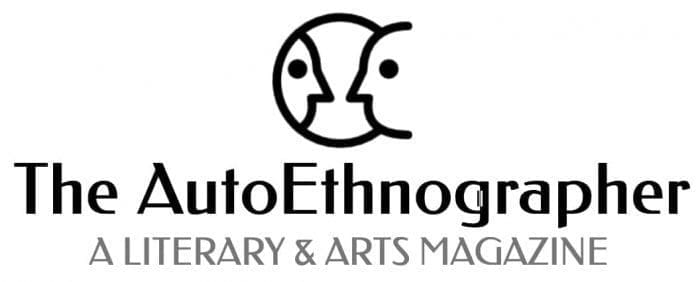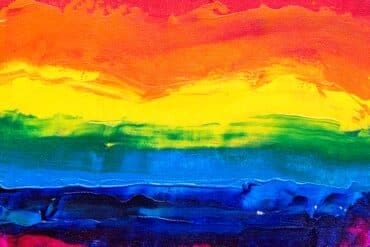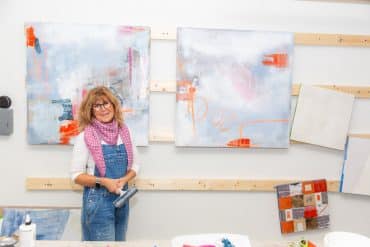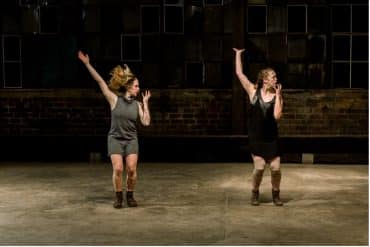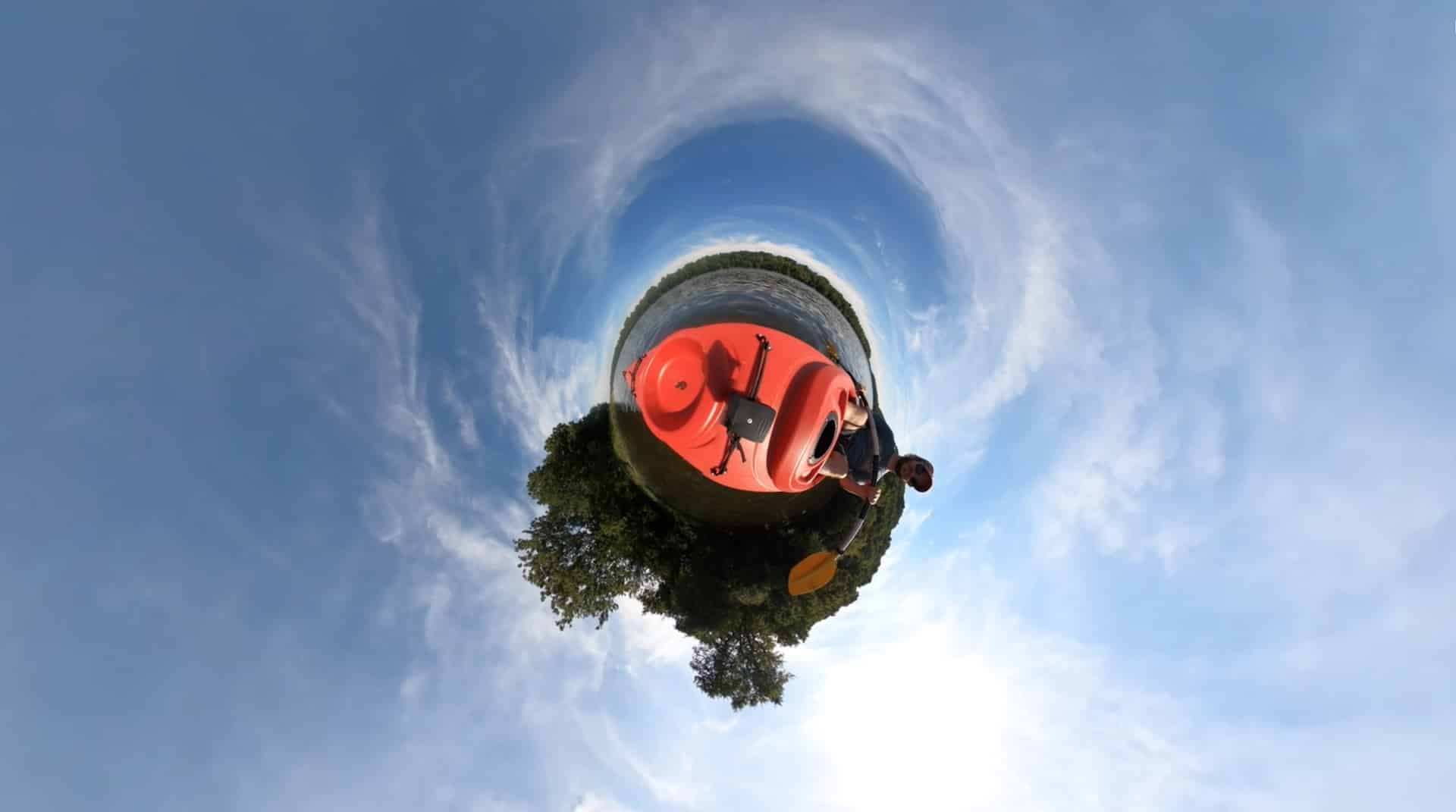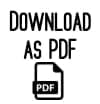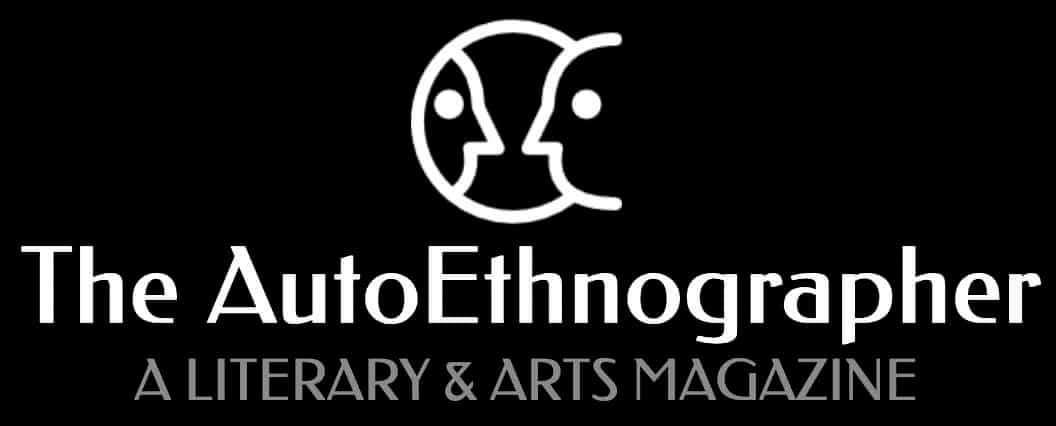Good autoethnography advocates for the development of new perspectives, for views of the self, the other, and of ongoing events that are grounded in collaborate meaning-making. Accordingly, this film both offers a personal view of the pandemic and works to create space for viewers to contemplate and contextualize their own pandemic experiences.
The Pandemic Nature Project
ARTIST’S MEMO
The Pandemic Nature Project is a 35-minute short autoethnographic film that was created between March 2020 and March 2021. Through the use of evocative and experimental imagery, narrative and non-narrative editing techniques, voiceover narration, and original instrumental music, the film traces a series of personal experiences, emotional reactions, and critical responses to the COVID-19 pandemic across a series of short vignettes.

Autoethnography was especially well suited for the conceptualization and creation of the film because it is a method that, when employed artfully, creates work that fosters empathy in its audience. Good autoethnography advocates for the development of new perspectives, for views of the self, the other, and of ongoing events that are grounded in collaborate meaning-making. Accordingly, this film both offers a personal view of the pandemic and works to create space for viewers to contemplate and contextualize their own pandemic experiences.
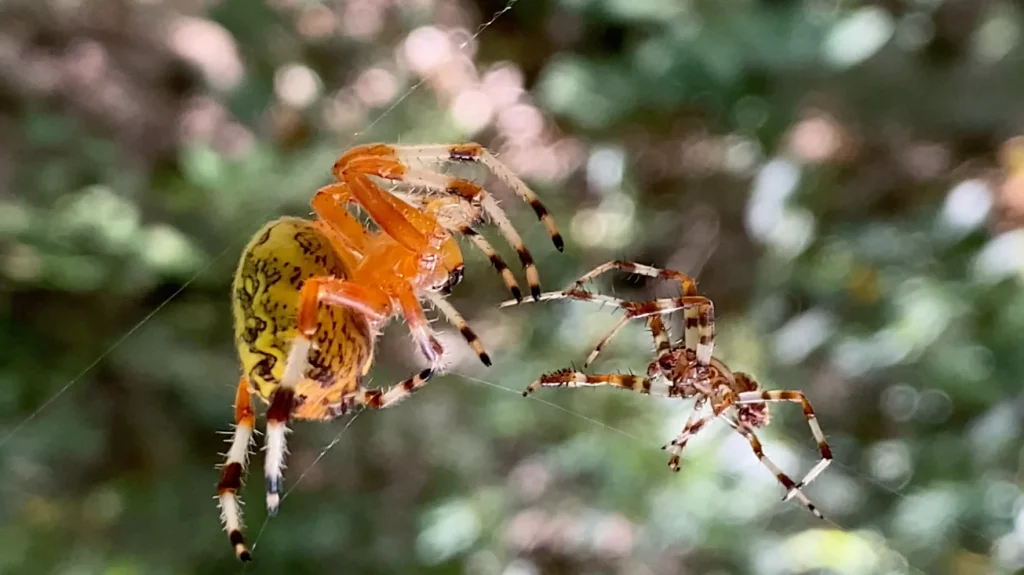
Specifically, the film draws on and merges existing approaches to rhetorical and visual autoethnography in order to track my own shifting responses to ongoing disruptions in daily life, quickly mutated political realities, rapidly changing environmental conditions, and other strange experiences from the first year of the COVID-19 pandemic. To accomplish this, the film incorporates selected materials (writing, music, photography, film, scholarship, news reports, etc.) that were collected or created during the first year of the pandemic and builds them into a series of impressionistic arguments, meditations on traumatic experience, and productive juxtapositions.
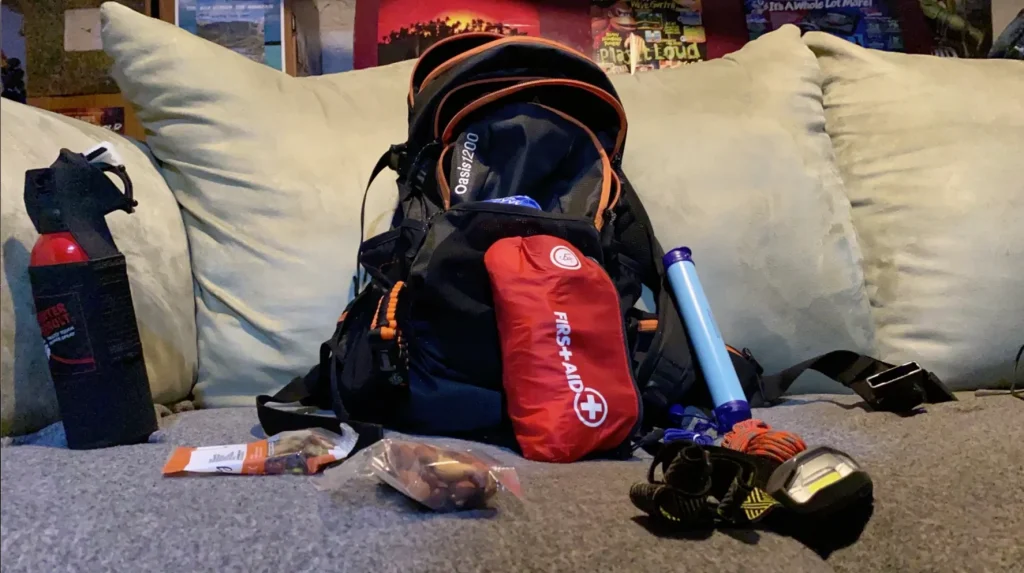
Visual autoethnography, in particular, was especially useful for highlighting the role of juxtapositions in contemporary meaning making. The film ultimately argues that a perspective developed through juxtaposition – a process similar to Kenneth Burke’s notion of “perspective by incongruity” – is key for understanding the relationship between the pandemic and its natural and environmental causes. While the film is much more impressionistic/invitational than argumentative/pedantic, it nonetheless works to highlight the close relationship between accelerating global environmental destruction and the rise of rapidly-spreading and deadly infectious diseases.

For more information about this project or to arrange for a public or classroom screening of the film, please visit http://www.pandemicnature.com. More information about the author’s other scholarly and creative projects can be found at http://www.davidheineman.net.
Featured image by David Heineman I The AutoEthnographer
